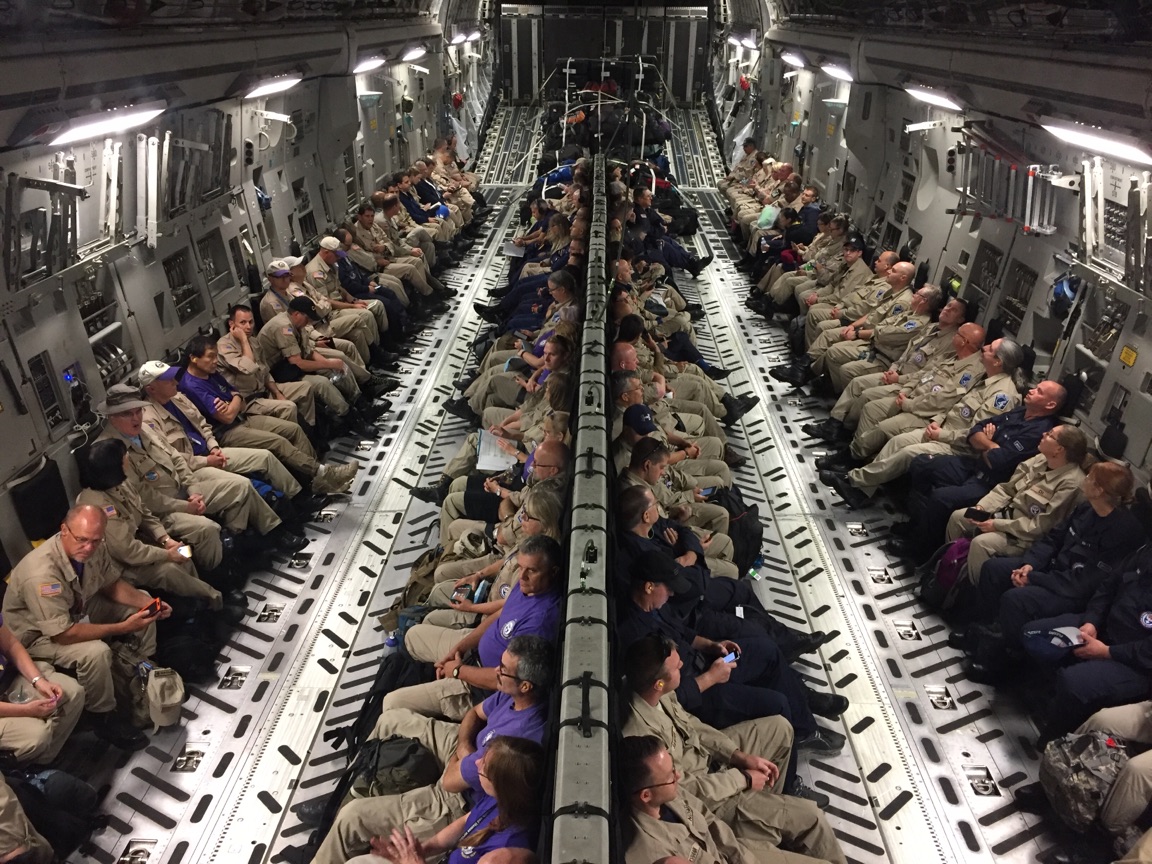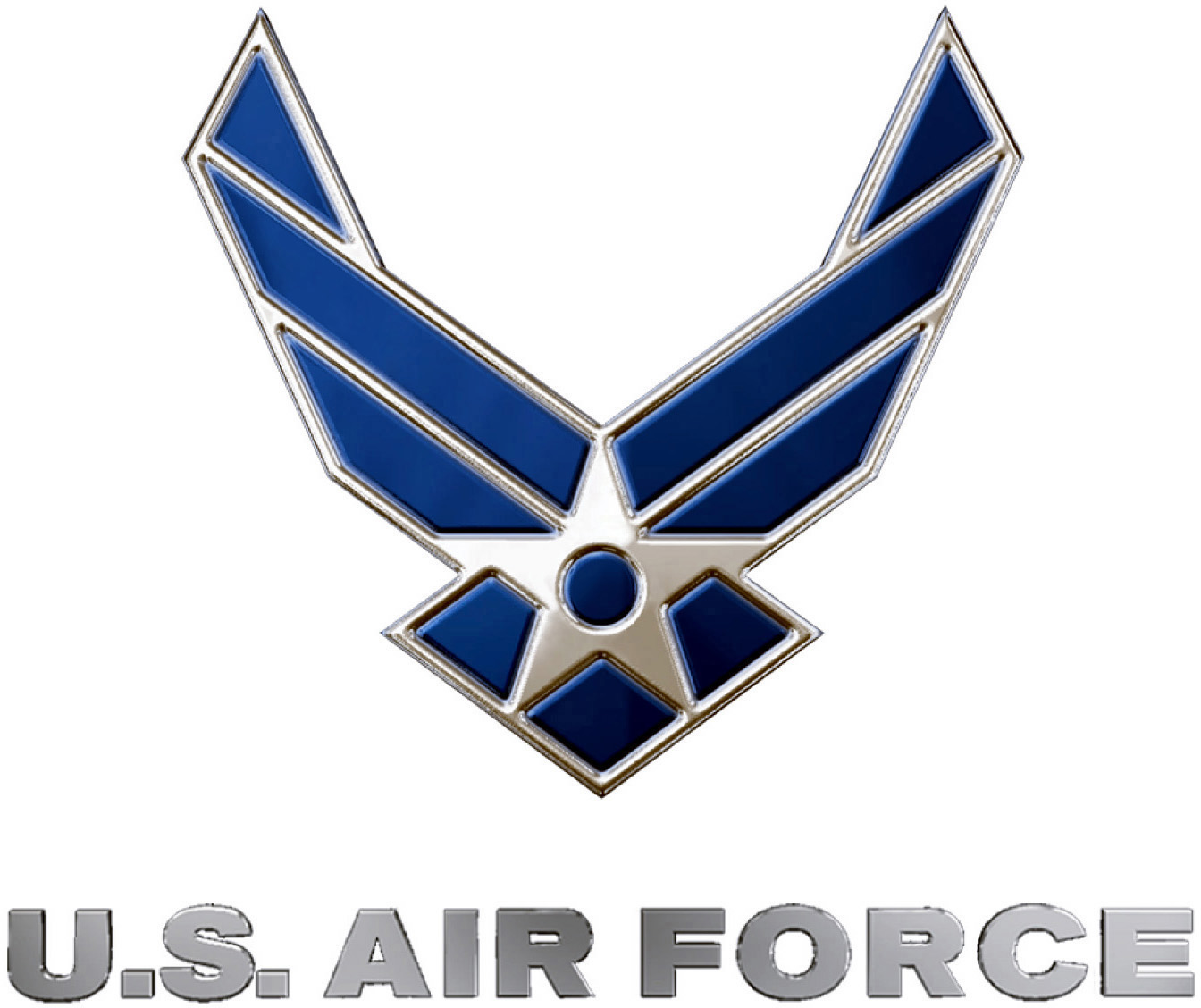
The 2017 Atlantic hurricane season is quickly becoming notorious as one of the most active seasons on record, according to Meteorologist Domenica Davis of the Weather Channel. This is due, in large part, to an intense stretch of long-lived, destructive hurricanes occurring since mid-August, which included catastrophic Category 4 Hurricane Harvey, followed by the long-lived sagas of Hurricanes Irma, Jose and Maria.
As of Sept. 19, 2017, there were 17 named storms, seven of which have been hurricanes and four of those have been Category 3 or higher. With one-third of the hurricane season remaining, 2017 might be well on its way to rival the 2005 season, which had 17 named storms, nine of which were hurricanes and four of those were a Category 3 or higher – most notable being Hurricane Katrina. (Source: “2017 Atlantic Hurricane Season Rivaling Other Historically Active Years,” weather.com, Sept. 19, 2017)
In the event of natural disasters like hurricanes, the top priority of the federal government is protecting the lives and safety of those in affected areas. Called into action to assist with medical and overall humanitarian assistance was the U.S. Air Force. From aeromedical evacuation teams to boots-on-the-ground medical personnel, the Air Force was onsite and on-point assisting individuals and communities impacted by two of the most damaging hurricanes – Harvey and Irma.
AEROMEDICAL EVACUATION SQUADRONS
As Hurricane Harvey was making its mark Aug. 30, 2017, with historical and life-threatening flooding in Texas, the 375th Aeromedical Evacuation Squadron (AES) from Scott Air Force Base (AFB), Ill., was mobilized to assist with medical response and evacuations.
“These are the people you’re helping,” said Lt. Col. Catherine Bonhoff, 375th AES director of operations, as images of families’ homes under water and overcrowded stadiums with dwindling supplies were shown to the aeromedical evacuation team as it prepared to leave. “There are thousands of people who are still stranded. The Texas (Air) National Guard has mobilized 783 personnel, and they are prepared to mobilize 3,000 more. It’s all hands on deck.”
An integral part of disaster relief and humanitarian assistance, AES transports injured to areas where they can receive further medical care. As part of their duties, personnel coordinate nurses, medical technicians and ground crew as they check patients before loading and prepare C-17 aircraft for transport. While in flight, the team can respond to heart attacks and other medical situations that may arise until their patients reach the next level of care.
375th AES personnel were staged at Little Rock AFB, Ark., where eight aeromedical evacuation teams and eight Critical Care Air Transport Teams responded to high-priority patients at George Bush Intercontinental Airport in Houston, a designated Disaster Aeromedical Staging Facility. From the airport, medical teams delivered hurricane victims to one of seven Federal Coordination Center Locations across the states of Texas, Oklahoma, Louisiana, Tennessee, Mississippi and Alabama.
Hurricane Harvey, which formed as a tropical wave to the east of the Lesser Antilles on Aug. 17, 2017, made landfall three separate times in six days. After a period of weakening only to intensify, Harvey made landfall Aug. 25, 2017, near Rockport, Texas, as a Category 4 Hurricane. Shortly afterward, it weakened rapidly and was downgraded to a tropical storm. However, its movement stalled near the coastline of the state, dropping torrential and unprecedented amounts of rainfall.
At its peak on Sept. 1, 2017, one-third of Houston was underwater. Flooding forced 39,000 people out of their homes and into shelters. To assist displaced families, a mega-shelter for 5,000 evacuees was created out of its main convention center. (Source: “Hurricane Harvey Facts, Damage and Costs,” The Balance.com, Sept. 11, 2017)
Col. John Howard, 375th Air Mobility Wing and installation commander, visited the aeromedical evacuation crew before their departure from the passenger terminal where news footage of stranded Americans and recovery efforts flashed on the television screen beside him.
“The fact is you guys are going out there and making the mission happen,” said Howard. “The thing I noticed – and it’s probably no big deal to you – is how quickly you were ready to go.”
The 375th AES was notified Monday to be prepared for up to a month-long response. As they loaded a C-17 Globemaster III, they joined 6.5 tons of medical and emergency supplies already loaded by the 375th Logistics Readiness Squadron (LRS). Having slightly more than 24 hours to coordinate and respond, the concerted efforts of the 375th LRS became another vital link to the disaster response.
“It took a total (Scott AFB) effort to deploy these tough and talented Airmen,” said Bonhoff. “With every sortie, we are mindful of the coordination and behind-the-scenes work performed by our mission partners.”
A second aeromedical evacuation team left Scott AFB, Aug. 31, 2017, to join the medical teams in Arkansas and an additional team was placed on standby to respond. However, the AES was just one part of Scott AFB’s response to the devastating disaster. Air Mobility Command, U.S. Transportation Command and 618th Air Operations continued to plan and coordinate disaster response. The 375th Communication Group, in coordination with the 24th Air Force, established a network connectivity supporting seven liaison representatives from the Federal Emergency Management Agency, U.S. Department of Health and Human Services and Department of Veteran Affairs. Combined, their efforts made a positive impact on relief efforts.
AIR FORCE MEDICAL TEAMS ASSIST COMMUNITIES
In a race against Mother Nature, three C-17s from Joint Base Charleston, S.C., and Dover Air Force Base, Del., flew more than 300 doctors, nurses and other medical professionals to Orlando, Fla., Sept. 9, 2017, in anticipation of Hurricane Irma’s landfall Sept. 10. Air Mobility Command and 18th Air Force provided airlift, aeromedical evacuation, contingency response and aerial refueling forces as part of the whole-of-community effort to respond to Hurricane Irma.
The mission came at the request of the Department of Health and Human Services (HHS), which coordinated the federal medical and public health medical support to states and territories impacted by one of the largest hurricanes in history.
“Across the federal family, we are committed to meeting the needs of local communities, especially in times of crises,” said Dr. Robert Kadlec, HHS assistant secretary for preparedness and response. “With help from our partners (at the Department of Defense), our medical personnel now are positioned to provide medical care after the storm, whether they’re needed at overwhelmed hospitals or for residents taking refuge in evacuation shelters.”
The team landed just before midnight in Orlando, dropped off medical teams to waiting buses and left as the edge of the storm began reaching the airport. As they took off, rain from Hurricane Irma’s storm-front began to pelt the C-17’s windshield. Meanwhile, in Washington, D.C., C-17s from Dover AFB loaded more health care professionals and departed Washington, D.C., for Florida at about 12:40 a.m.
“I had no idea I would ever be doing anything like this or be part of a national effort to help out in hurricane relief,” said Staff Sgt. Rob Lummus, 15th Airlift Squadron loadmaster. “It’s been pretty amazing to watch all the different pieces of the puzzle with all the groups working together.”
The mission to deliver medical teams to Florida was one small piece of the overall response to Irma, led by the State of Florida and Federal Emergency Management Agency. Other agencies like the Department of Defense and HHS were working to support the state where needed.
Aircraft and crews from Joint Base Charleston evacuated from their base ahead of Hurricane Irma and operated out of other bases, such as Scott Air Force Base, Ill., Barksdale Air Force Base, La., and Wright-Patterson Air Force Base, Ohio. They were assigned to provide aeromedical evacuation and airlift to areas affected by the hurricane.
“It takes a tremendous amount of agility and coordination to relocate aircraft while simultaneously supporting global requirements,” Everhart said. “Realizing what’s at stake, our total force team rises up to the challenge every time.”
A total force team of active duty, Air National Guard and Air Force Reserve Command Airmen worked side-by-side with federal, state, local and international mission partners to ease suffering and assist in the nation’s and international community’s recovery from Hurricane Irma.
HURRICANE AFTERMATH
Much of Harvey’s damage came from massive rainfall. According to an analysis from the University of Wisconsin’s Space Science and Engineering Center, Harvey was a 1-in-1,000-year flood event that overwhelmed an enormous section of Southeast Texas equivalent in size to New Jersey. Thirty inches of rain fell on an area near the coast the size of the state of Maryland. (Source: “Harvey is a 1,000-year Flood Unprecedented in Scale,” The Washington Post, Aug. 31, 2017)
Estimates for the cost of Hurricane Harvey’s damage are as high as $190 billion, which would make it the costliest disaster in U.S. history. As of Sept. 9, 2017, NBC News Dallas Ft. Worth reported that 70 people had died. (Source: “Hurricane Harvey Death Toll Hits 70,” NBC News Dallas Ft. Worth, Sept. 9, 2017)
For its part, Hurricane Irma tore a massively destructive and deadly path from the small Caribbean island of Barbuda to Florida, South Carolina and Georgia. The storm was responsible for the deaths of least 68 people in the Caribbean and the Southeast, with 33 of those originating in battered Florida (26), Georgia (3) and South Carolina (4).
The cost of the storm will be astronomical. According to the Associated Press, officials from 31 Florida agencies reported that they had already spent nearly $250 million on preparations and recovery efforts. The final cost of Hurricane Irma’s damage is expected to take months, if not years, to determine. However, rough estimates touted thus far range from $50 billion to $100 billion.
As recovery efforts conclude, actual costs to repair damage from both Hurricane Harvey and Hurricane Irma will most likely increase. However, one thing remains clear: In cases of natural or man-made disasters, the Aeromedical Evacuation Squadrons, doctors, nurses and other medical professionals of the U.S. Air Force remain ready, willing and able to assist.
Sources:
Capt. Ryan DeCamp, 18th Air Force Public Affairs, “Air Force Delivers Doctors, Aid to Florida,” Air Force Medical Service, Sept. 11, 2017.
Tech. Sgt. Jodi Martinez, 375th Air Mobility Wing Public Affairs, “Aeromedical team at Scott AFB joins response to Hurricane Harvey,” Air Force Medical Service, Sept. 03, 2017.
Jonathan Erdman, “2017 Atlantic Hurricane Season Rivaling Other Historically Active Years,” Weather.com, Sept. 19, 2017.
Kimberly Amadeo, “Hurricane Harvey Facts, Damage and Costs,” The Balance.com, Sept. 11, 2017.
Jason Samenow, “Harvey is a 1,000-year Flood Unprecedented in Scale,” The Washington Post, Aug. 31, 2017.
Paul J. Weber and Claudia Lauer, “Hurricane Harvey Death Toll Hits 70,” NBC News Dallas Ft. Worth, Sept. 9, 2017.
Eliott C. McLaughlin, Ralph Ellis and Joe Sterling, “Dallas Preps Mega-Shelter as Texas Braces for More Rain,” CNN, Aug. 28, 2017.

